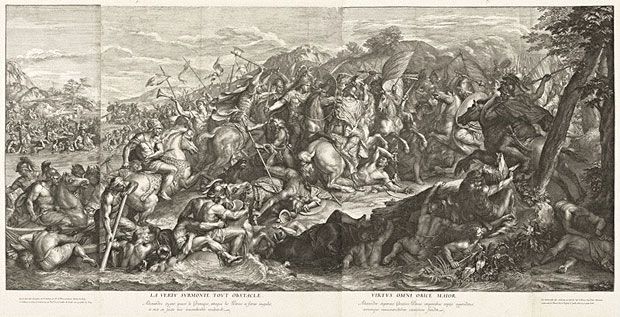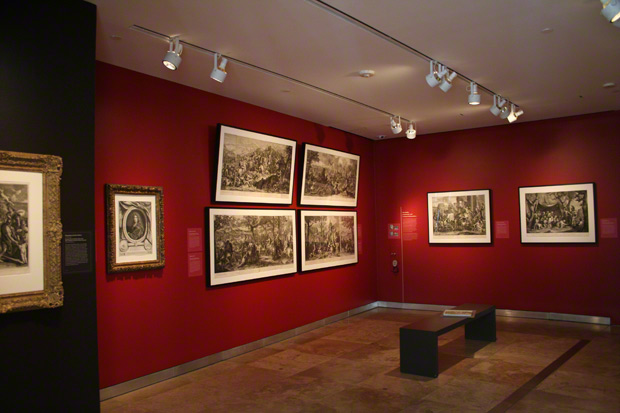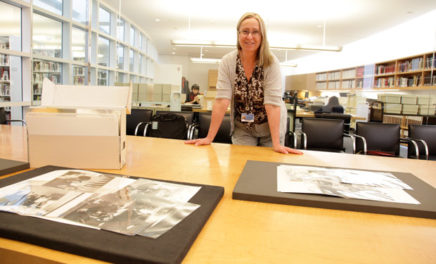
Crossing of the Granicus, Gérard Audran after Charles Le Brun, 1672. The Getty Research Institute, 2003.PR.33
In 2003 the Getty Research Institute acquired hundreds of 17th-century French prints that had been in the collection of a European noble family. This family had systematically, over hundreds of years, amassed an incredibly important collection of Old Master prints, paintings, sculpture, and decorative arts.
For reasons unknown to me, the family sold its large collection of prints shortly after World War II. Not surprisingly, the works of famous printmakers such as Dürer and Rembrandt were snapped up by dealers and museums; but the so-called “reproductive prints” remained in storage for about 60 years—that is, until I saw them in large old collection of folders on the floor of a preeminent print dealer in Frankfurt, Germany.
I got on my hands and knees, opened up the soiled folders, and saw things that had not been on the art market for a generation or more—including the spectacular prints that are the stars of the current GRI exhibition Printing the Grand Manner: Charles Le Brun and Monumental Prints in the Age of Louis XIV. Each of the images showing the battles of the Emperor Constantine the Great or Alexander the Great is made up of two, three, four, or five large sheets that have to be assembled like a puzzle. That day seven years ago, I covered the gallery floor with huge images that, I would come to learn, played an important but forgotten role in the history of art.
Recovering this lost history, and fostering an appreciation for prints that were once considered among the most important works of art in all of Europe, is one of the goals of the exhibition and the accompanying catalogue, which I co-authored with Christian Michel and Christina Aube. I hope you’ll get to see for yourself these long-forgotten prints in the exhibition, which is on view at the Getty Center through this Sunday, October 17.

Installation view of Printing the Grand Manner: Charles Le Brun and Monumental Prints in the Age of Louis XIV




Comments on this post are now closed.